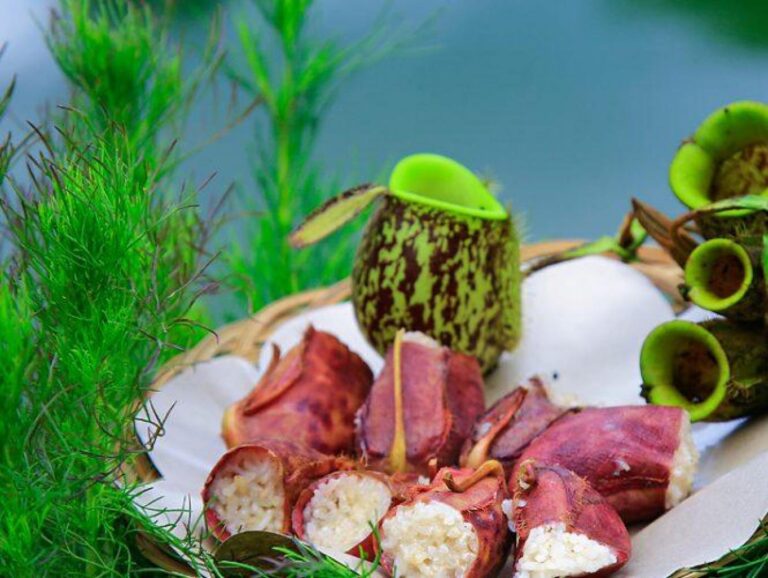Coffee Processing Stages: A Complete Guide from Harvest to Roasting
The journey of coffee from cherry to cup is intricate and critical. The coffee processing stages—starting from harvesting, followed by fermentation, drying, and roasting—play a pivotal role in defining the flavor, aroma, and overall quality of each cup. For both coffee producers and enthusiasts, understanding these stages provides a deeper appreciation for the drink they love.
This article provides an in-depth exploration of every step involved in coffee processing and how they contribute to the final flavor profile.
Harvesting and Selecting Coffee Cherries
Coffee processing begins with the careful harvesting of ripe coffee cherries. Only cherries that are bright red and fully mature are selected to ensure high-quality beans. In premium operations, selective hand-picking is used to avoid overripe or underdeveloped fruit.
After harvesting, cherries undergo sorting. This can be done by hand or through flotation in water. Cherries that float are often removed, as they typically indicate defects or poor development.
Coffee Processing Methods: Washed, Natural, and Honey
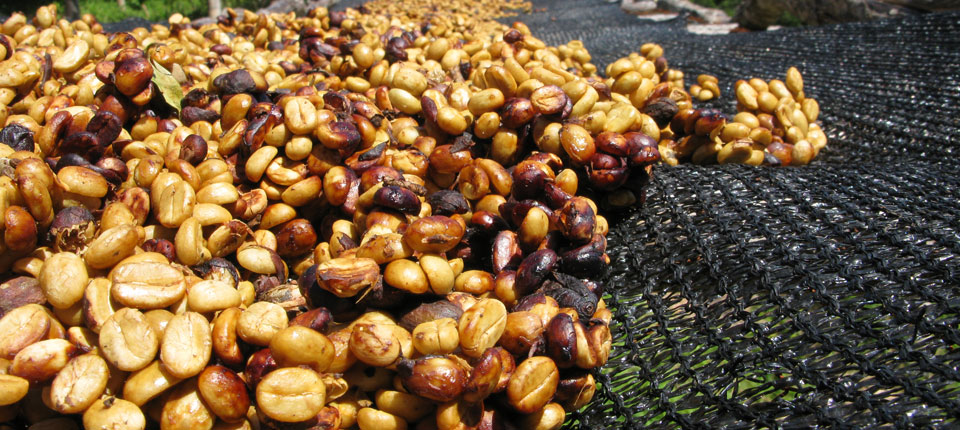
Once sorted, coffee undergoes one of three main processing methods:
-
Washed (Wet) Process: The fruit skin and mucilage are removed through fermentation in water tanks, then washed. This method produces a clean, bright, and acidic profile.
-
Natural (Dry) Process: The whole cherries are dried in the sun before the outer layers are removed. This process yields sweet, fruity, and full-bodied coffee.
-
Honey (Semi-Washed) Process: A hybrid where only some of the mucilage is left during drying, resulting in a balanced profile with both clarity and sweetness.
The choice of method significantly impacts the coffee’s taste and depends on climate, tradition, and desired flavor outcomes.
Fermentation and Washing
Fermentation is essential in the washed and honey processes. After depulping, beans are placed in fermentation tanks to break down the remaining mucilage. This step typically lasts 12 to 48 hours, depending on altitude and temperature.
Once fermentation is complete, the beans are washed thoroughly to remove any remaining pulp. This stage is crucial in achieving a clean cup profile and ensuring the coffee doesn’t develop off-flavors during drying.
Drying the Coffee Beans
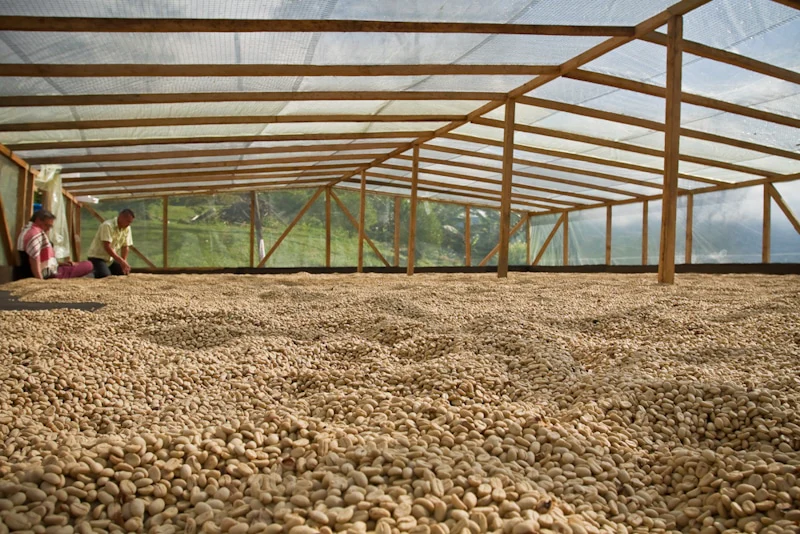
After washing or post-harvest, beans need to be dried until they reach an optimal moisture level, typically around 10–12%. Drying can be done under the sun on raised beds or patios, or using mechanical dryers when weather conditions are unreliable.
Drying can take from several days to two weeks. If not done properly, beans may develop mold or ferment undesirably, leading to a loss of quality.
Hulling: Removing the Dried Husk
Once fully dried, beans are still encased in a parchment layer (for washed coffee) or dried fruit skin (for natural process). The hulling step removes these outer layers, revealing the green coffee beans inside.
This step is essential before beans are graded, sorted, or roasted. It is typically done using specialized hulling machines.
Grading and Sorting
The green beans are then graded and sorted by size, density, and visual appearance. Advanced operations may use machines that sort beans by color to remove defects, while others rely on hand sorting.
High-quality, defect-free beans are classified as specialty-grade and usually command higher prices. Lower-quality beans may be blended or used in commercial coffee.
Roasting: Transforming Green Beans into Flavorful Coffee
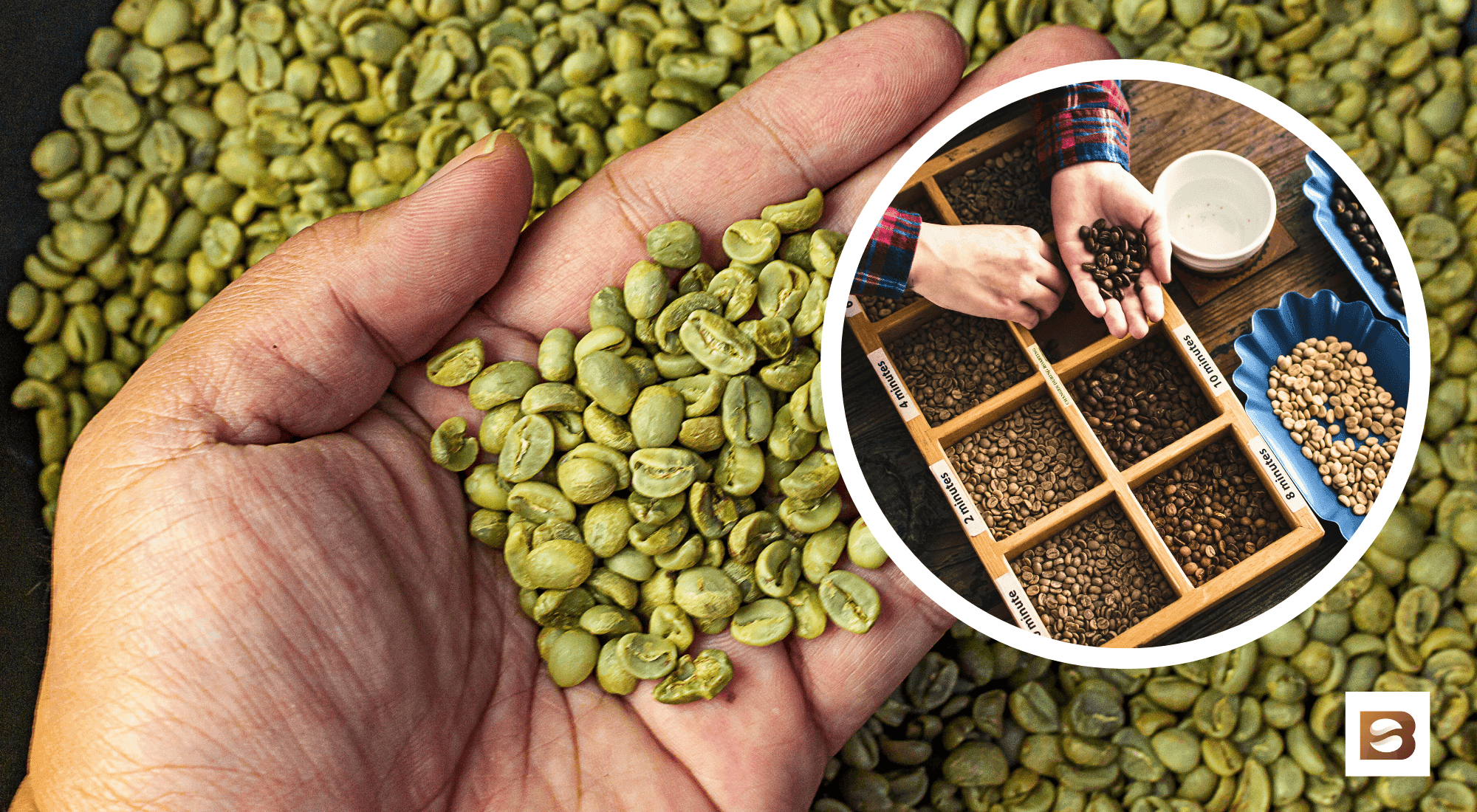
Roasting is where green coffee is transformed into the aromatic brown beans we recognize. Roasters use varying temperatures and roast profiles (light, medium, or dark) to highlight different flavor notes.
-
Light roasts preserve acidity and floral notes.
-
Medium roasts offer a balanced, sweet flavor.
-
Dark roasts emphasize bitterness and body.
Precision in roasting is critical—it develops sugars, enhances aroma, and unlocks the unique characteristics of each origin and processing method.
Degassing and Packaging
After roasting, beans undergo a degassing period, where carbon dioxide is released over 24–48 hours. Once degassed, beans are sealed in airtight, one-way valve bags to preserve freshness and protect them from oxidation.
Proper packaging ensures that the coffee retains its quality during storage and transportation, especially for export and retail.
The Role of Technology in Coffee Processing
Modern tools have revolutionized coffee processing:
-
Digital moisture meters help achieve perfect drying levels.
-
Color sorters remove imperfect beans efficiently.
-
Automated roasters allow consistent and customized roast profiles.
These advancements help producers scale operations while maintaining—or even improving—quality standards.
Real-World Examples of Coffee Processing in Indonesia
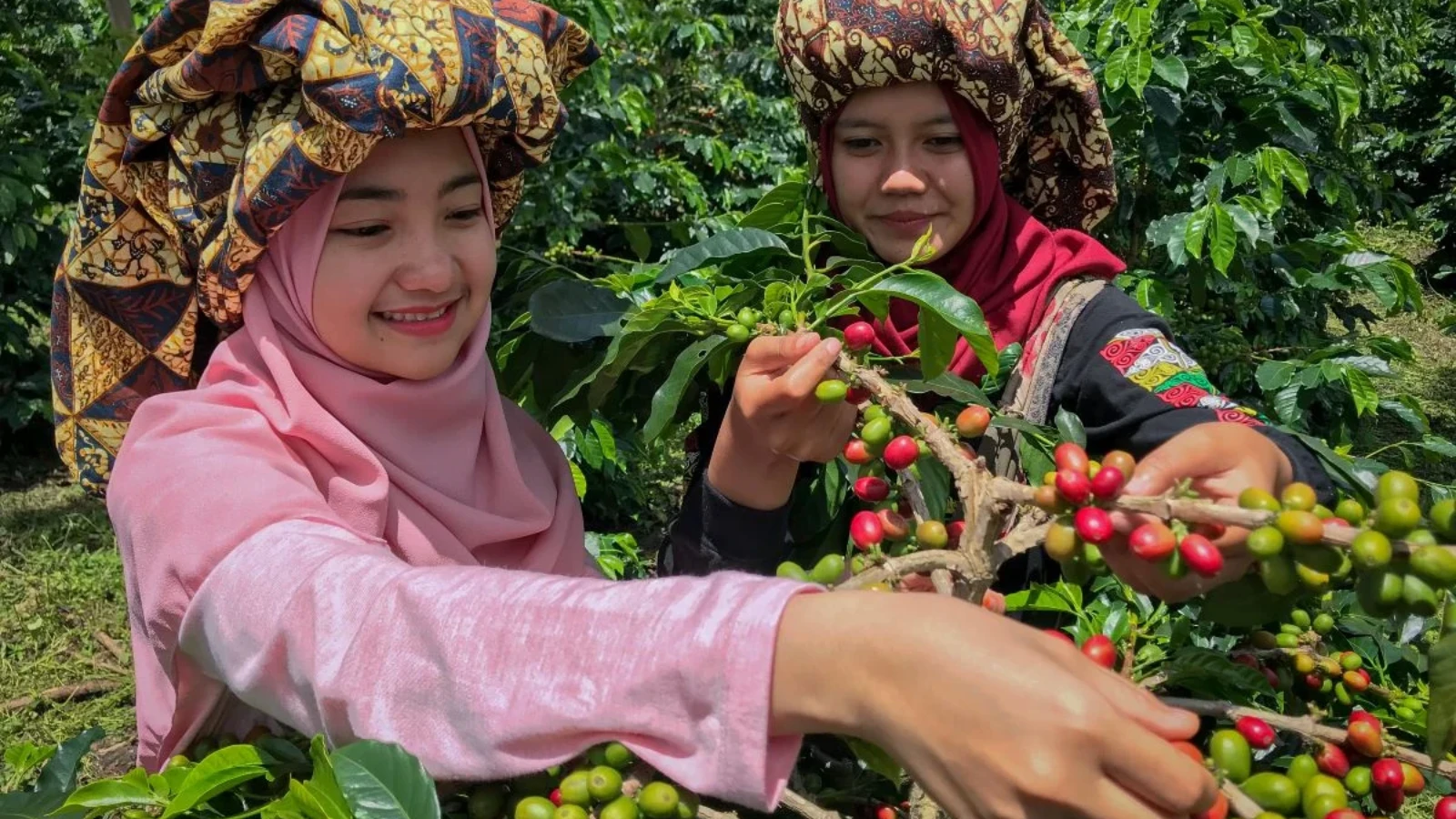
1. Korintji Heritage House – Jambi
Utilizing Probat roasting machines and the washed method, Korintji delivers clean, refined cups that reflect the highlands of Kerinci.
2. Radjea Coffee – Sungai Penuh
Specializing in natural and washed methods, Radjea offers visitors s hands-on experience in fermentation and drying.
3. Puntang Coffee – West Java
Famous for its honey-processed beans, Puntang Coffee produces naturally sweet cups using environmentally conscious techniques.
4. Frinsa Estate – Gayo, Aceh
Known for experimental methods like anaerobic fermentation, Frinsa Estate pushes the boundaries of coffee flavor development.
Practical Use and Real-World Benefits
-
Consistency in Quality: Well-managed processing results in stable flavors and repeatable quality in each harvest.
-
Higher Market Value: Specialty processing can significantly raise the price of beans, especially in international markets.
-
Farmer Empowerment: Training in coffee processing equips local farmers with skills to add value to their products.
Use Case Scenarios
-
Eco-tourism and Learning: Facilities like Depati VII in Kerinci offer immersive coffee education, connecting tourists directly with farmers and the process.
-
Specialty Cafés: Businesses such as Korintji Heritage House rely on precision processing to create high-end coffee experiences.
-
Remote Coffee Farmers: Through access to drying beds and fermentation tanks, small producers improve bean quality and gain better income.
-
Coffee Competitions: Brands like Radjea that control their processing can compete on national and global stages thanks to consistent quality.
Frequently Asked Questions (FAQ)
Q1: What is the most critical stage in coffee processing?
While all stages are important, roasting has the most immediate effect on flavor. However, fermentation and drying are equally crucial to preserving bean integrity and unlocking flavor precursors.
Q2: Can coffee be processed without water?
Yes. The natural (dry) process uses minimal or no water, making it sustainable in water-scarce regions. It also produces sweeter and fruitier flavor profiles.
Q3: How long does the entire processing cycle take?
From harvest to green bean, the process can take 2–4 weeks, depending on drying time, processing method, and climate conditions. Roasting and packaging add a few more days.

